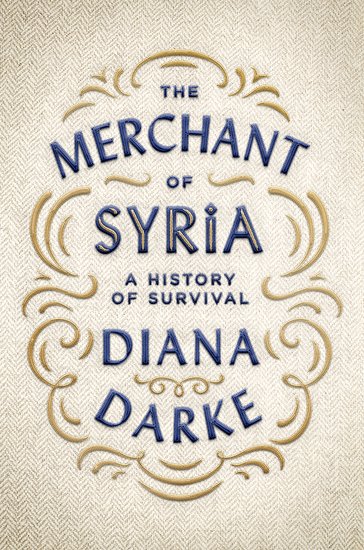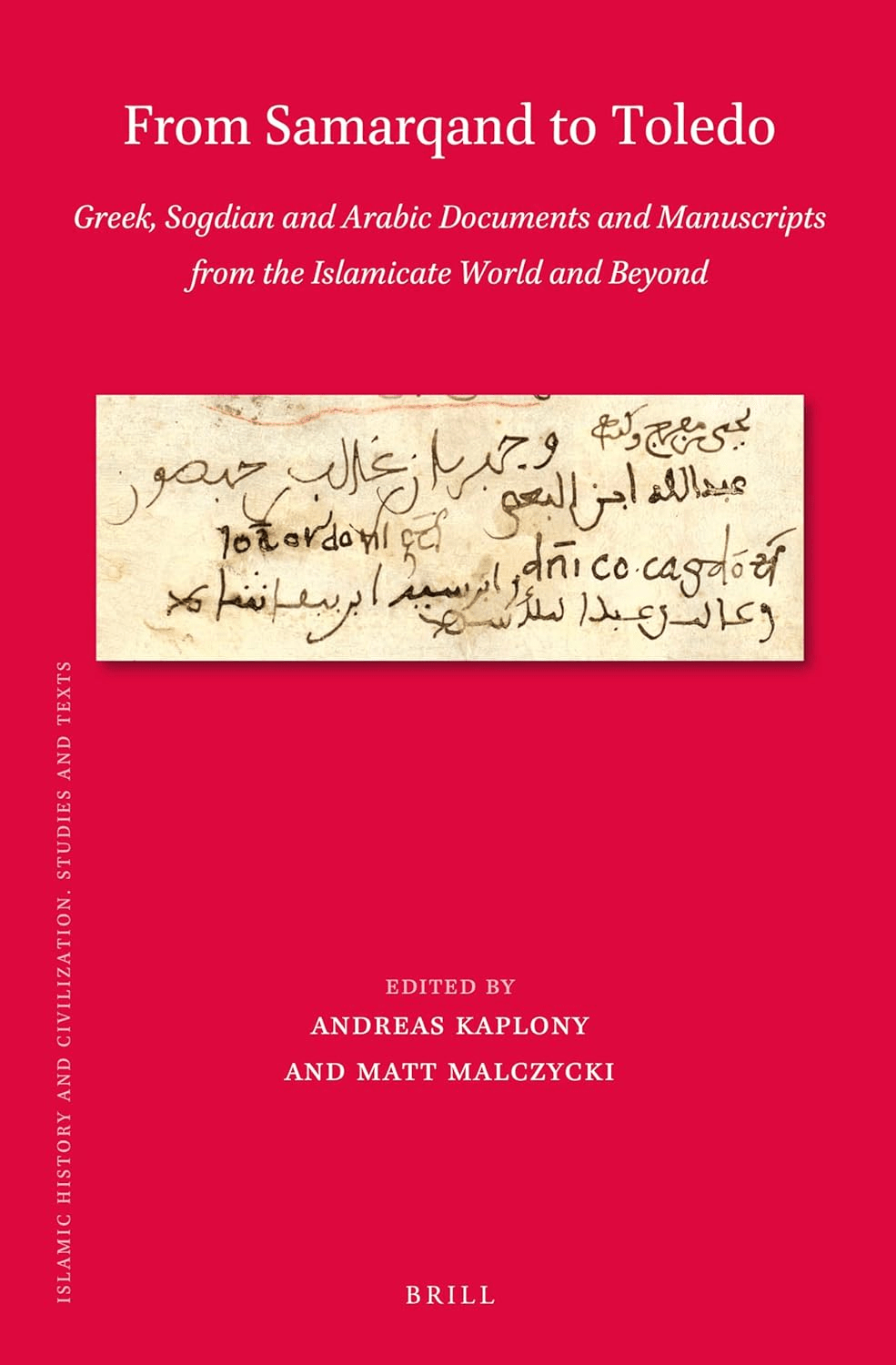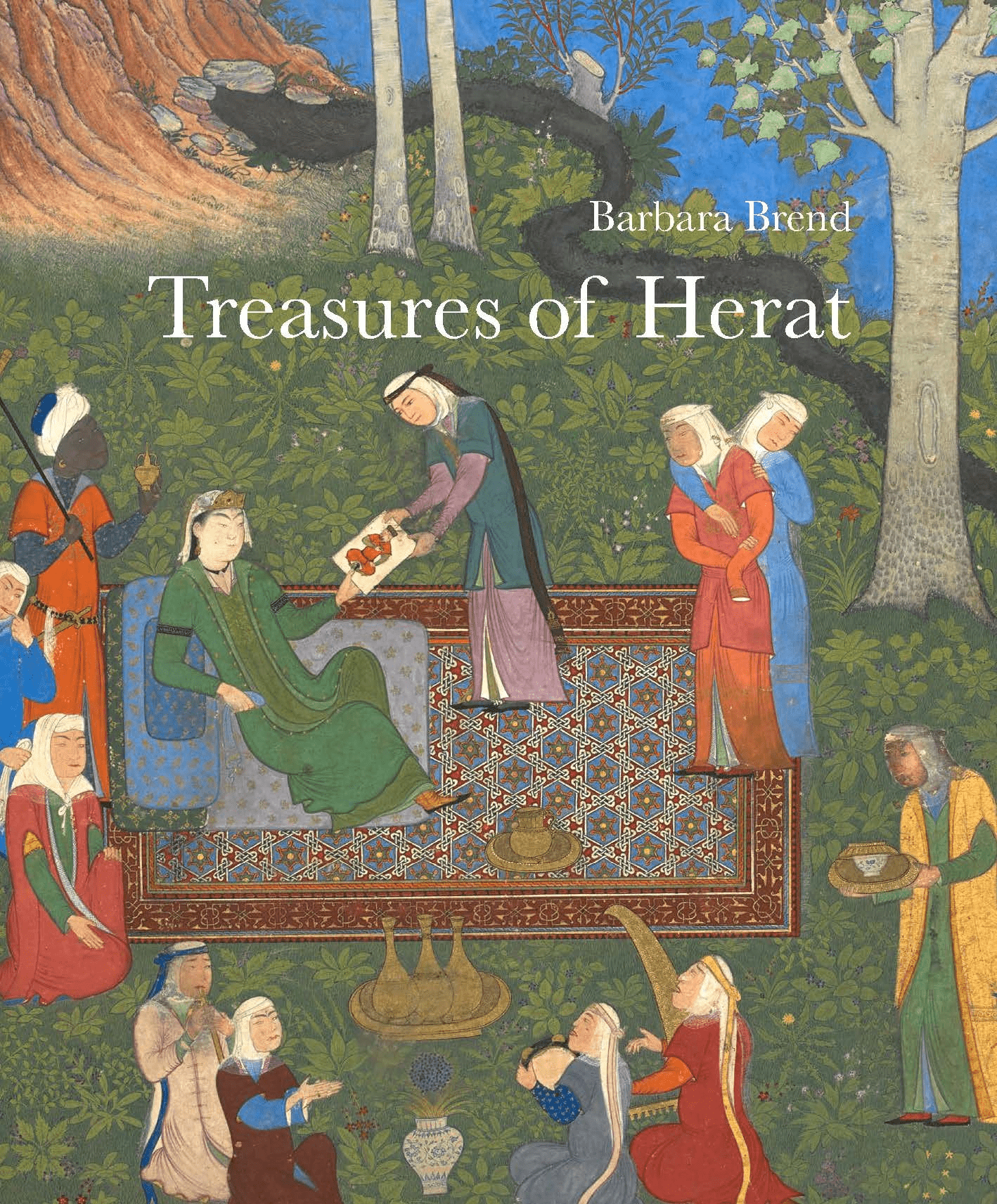
The Merchant of Syria: A History of Survival
Piney Kesting
Diana Darke
2018, Oxford UP, 9-780-19087-485-8, $27.95 hb.
The Merchant of Syria tells the inspiring story of Abu Chaker (1921–2013), an entrepreneurial cloth merchant from Homs, against the backdrop of Syria’s complex socio-political history: the end of the Ottoman Empire in 1922 to Syria’s independence in 1946 from French Mandate, to the early days of the Syrian Revolution in 2013. His father’s sudden passing in 1932 forced 10-year-old Abu Chaker, the only son among seven daughters, to leave school and run the family’s textile shop in the historic covered suq in Homs. Described as having “the true mentality of a Syrian merchant, a worthy descendant of Syria’s Silk Road trading empire across the centuries,” Abu Chaker became the largest wool dealer in the Middle East by the mid-1970s, acquiring in 1981 the renowned Hield Brothers wool mill in Bradford, England. In sharp contrast to Abu Chaker’s hard-earned success, the ongoing physical devastation, poverty and political chaos in Syria lead Darke to end her book questioning how Syria would survive. “Can Abu Chaker’s legacy as the archetypal Syrian merchant,” she ponders, “give clues about the future of Syria?”
You may also be interested in...

Old Documents Shed New Light on History in Book Connected to Ancient Islamic World
The painstaking work to recover history—one page at a time—is on brilliant display in this collection of essays focusing on early Arabic, Coptic, Greek, Hebrew, Latin and Sogdian manuscripts.
British Library’s 500-Year-Old Nizami Manuscripts Shed Light on Power of Art and Poetry in 12th-Century Herat
Persian and Mughal scholar and specialist Barbara Brend presents a comprehensive study of one of the most highly esteemed works of Persian Literature.